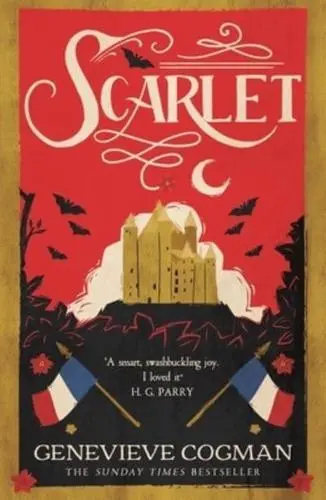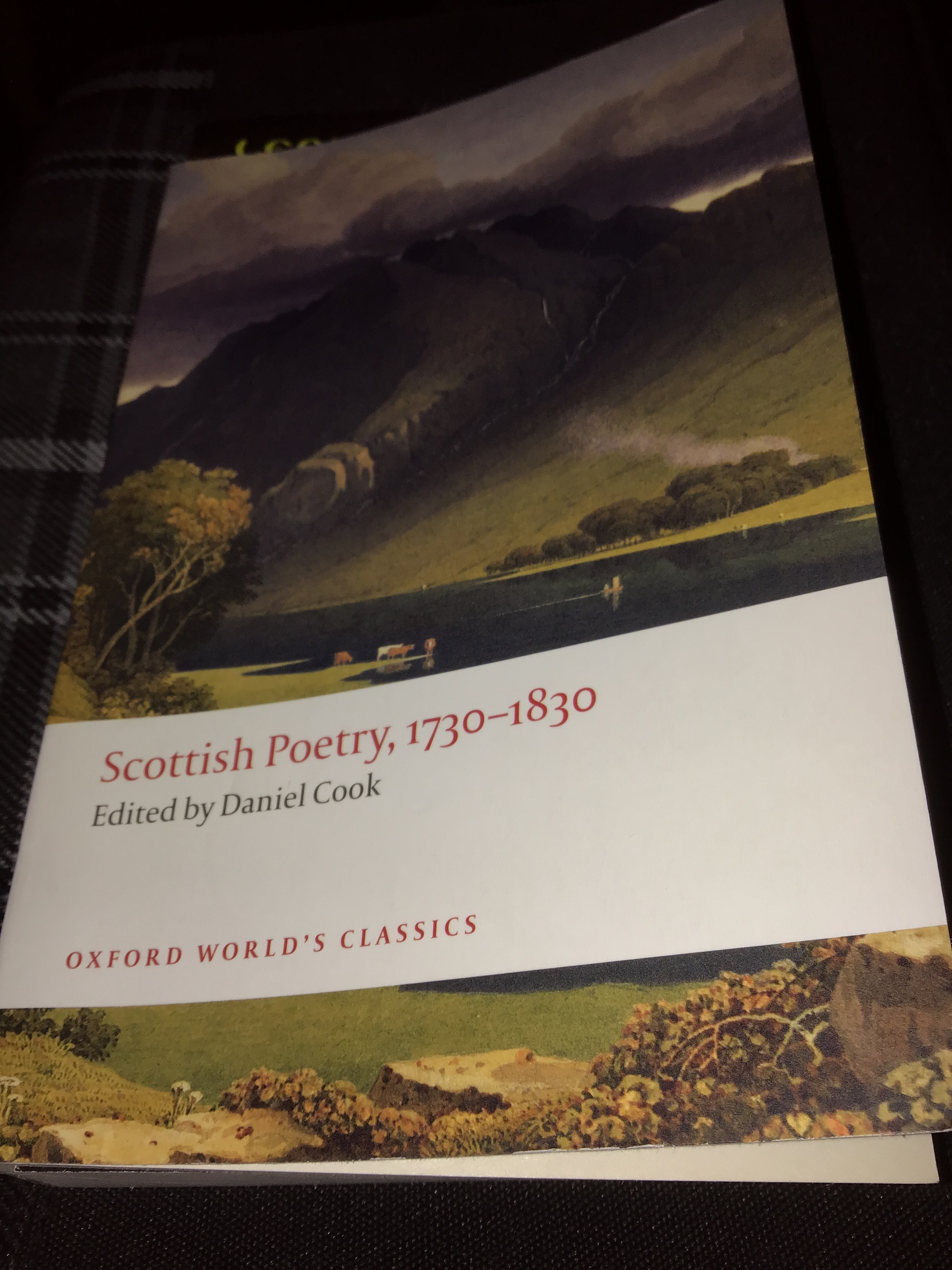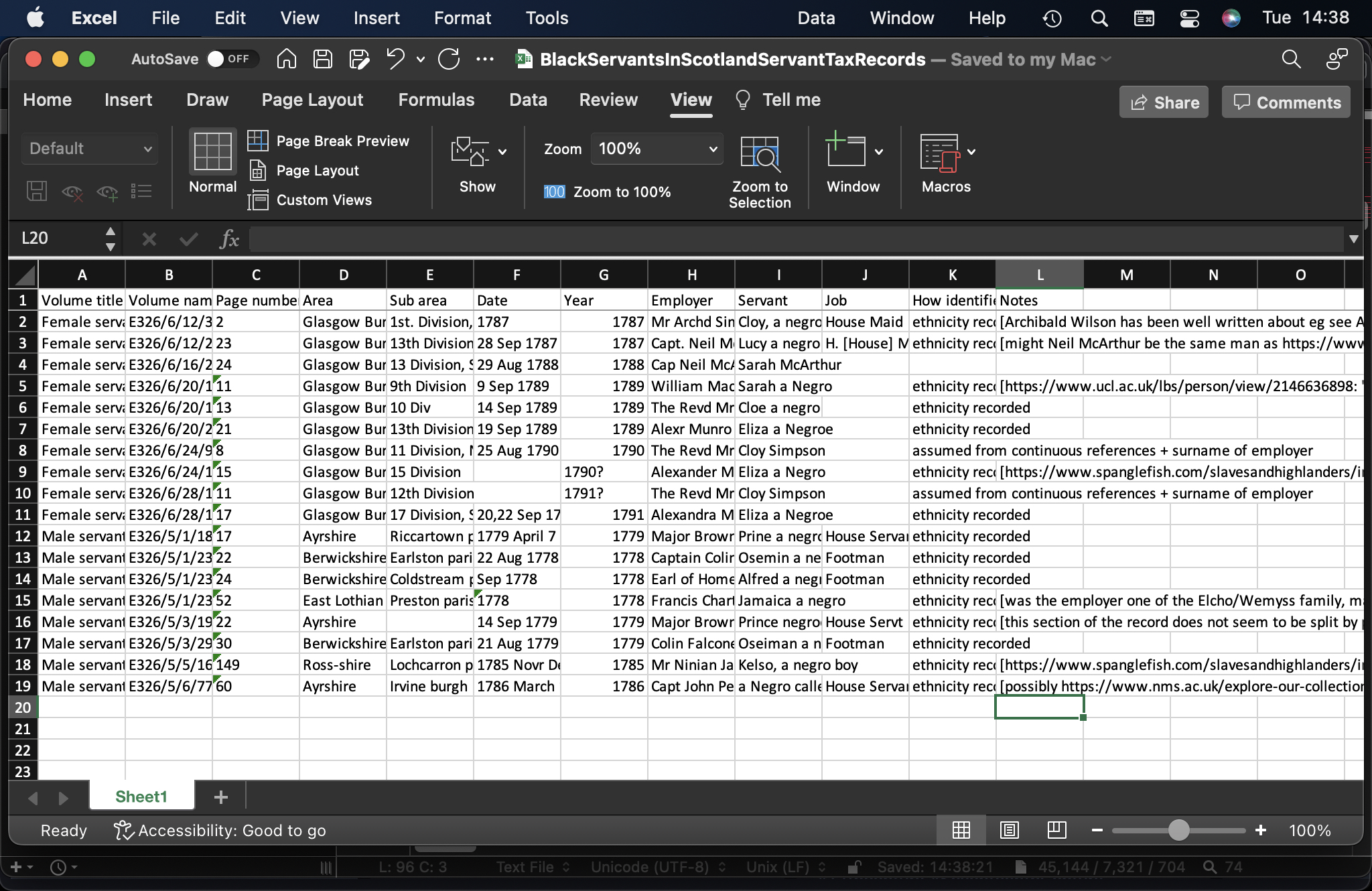Taking stock
Apr. 6th, 2025 08:32 pmAfter submitting another academic journal paper (wish me luck!) briefly pausing to take stock of others in progress. 4 more in development; all Scottish history; 16th, 17th, 18th & 19th centuries; genealogy & court history, legal history, black history, music history & popular culture. Lots to do!
Researching, writing and submitting these - including dealing with all the *fun* of peer review - as a sole author is *interesting*. But something I enjoy, and will keep doing for as long as I can.
Researching, writing and submitting these - including dealing with all the *fun* of peer review - as a sole author is *interesting*. But something I enjoy, and will keep doing for as long as I can.





